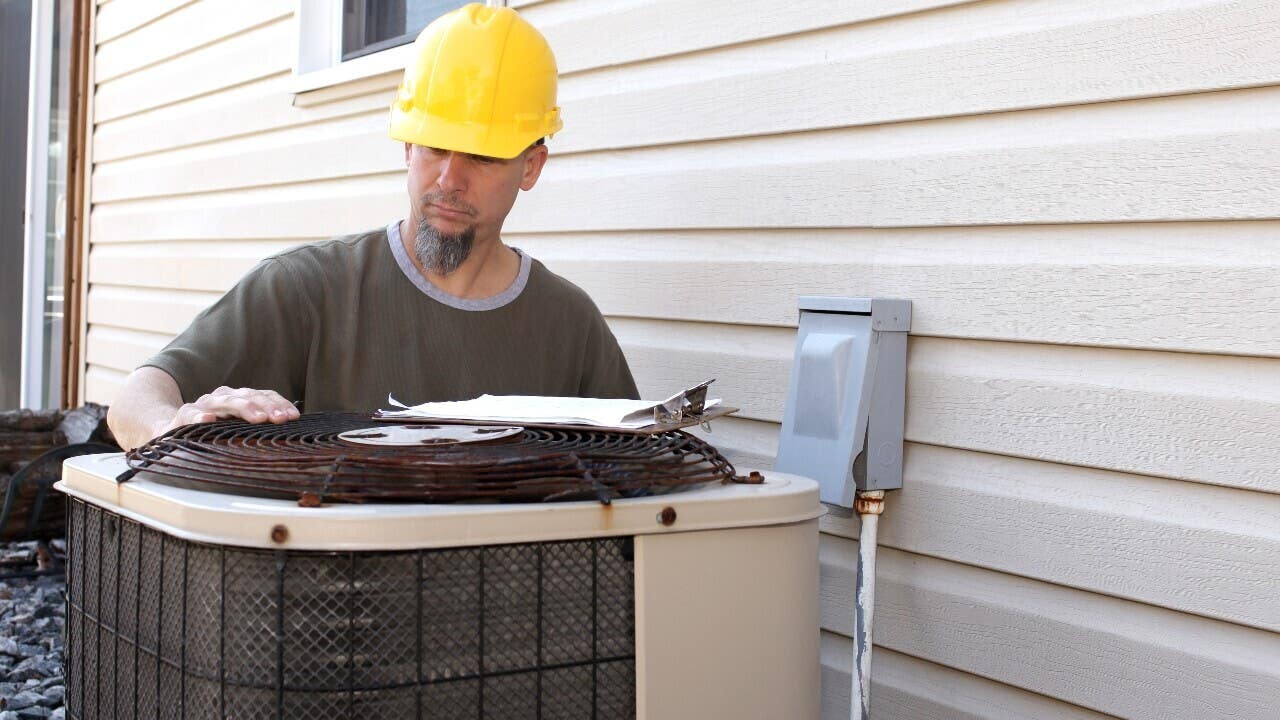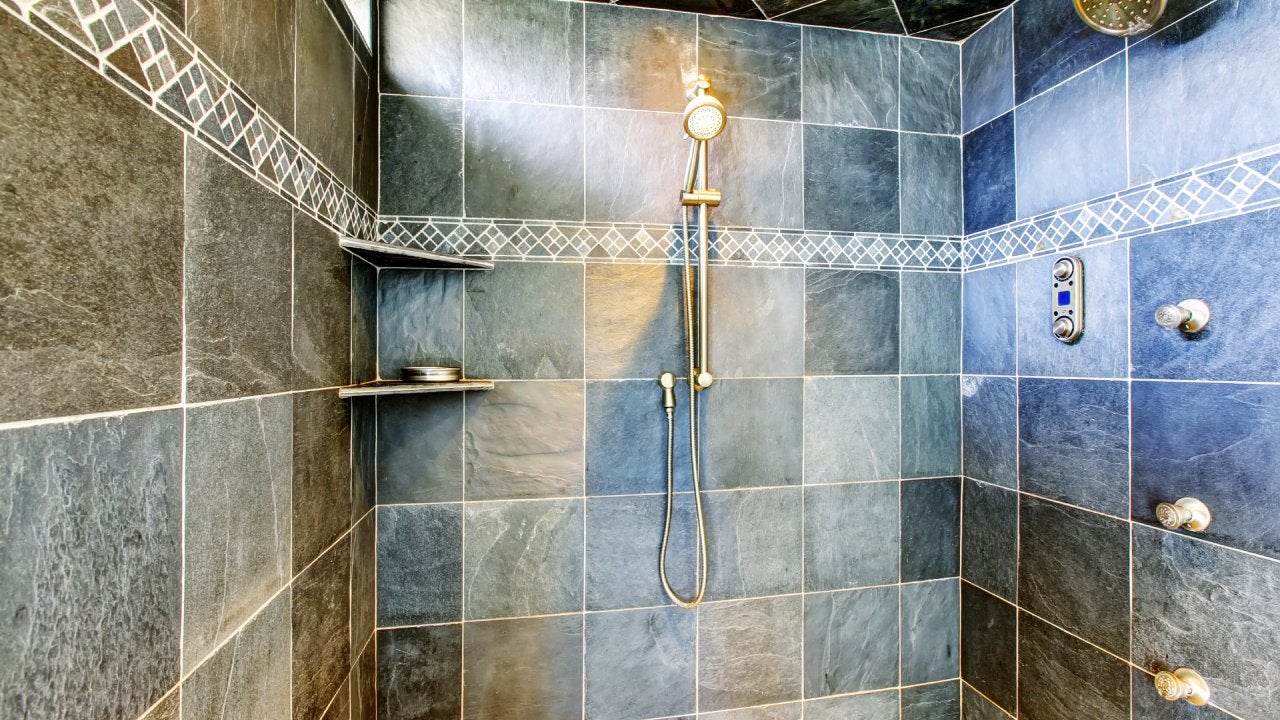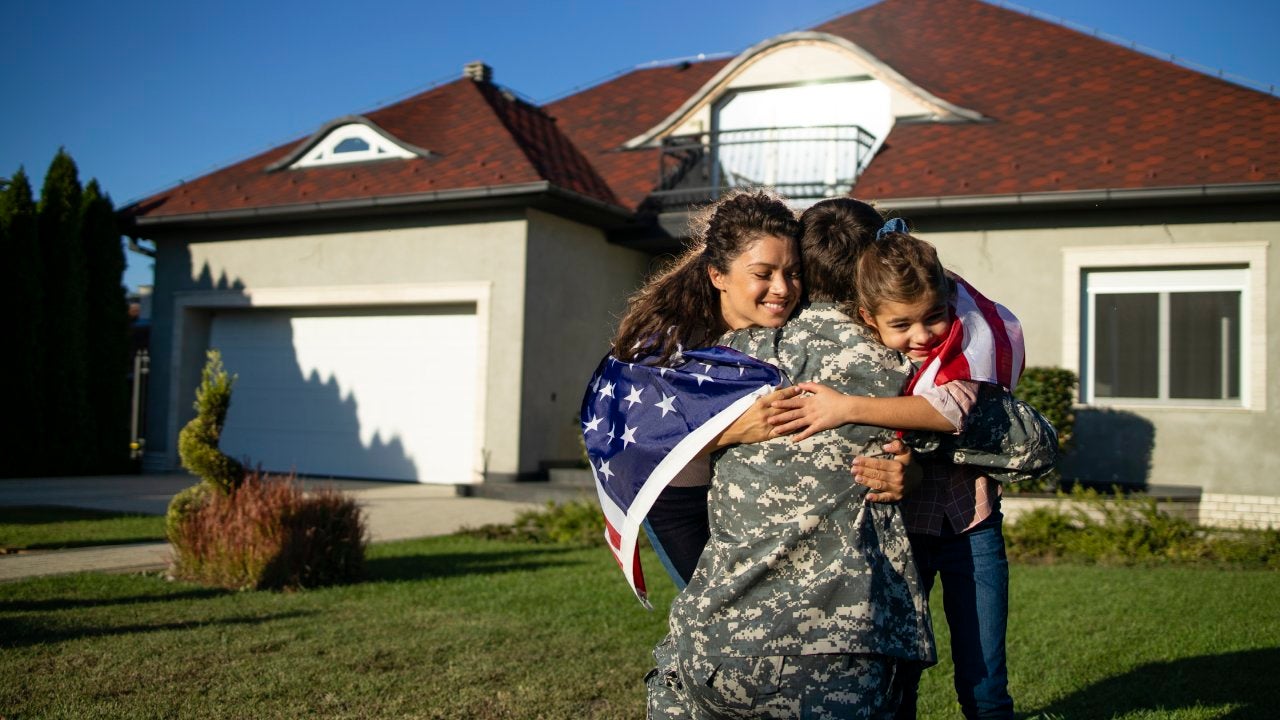VA renovation loans: Buying and fixing up a home with one loan




Key takeaways
- A VA rehab loan allows you to buy and renovate a house with one loan using your VA benefit.
- Many mortgage lenders offer VA loans, but not all offer VA renovation loans.
- You can only use a VA rehab loan to make safety and accessibility improvements to a primary residence, not cosmetic upgrades.
What is a VA renovation loan?
A VA renovation loan is a type of VA home loan that finances both a home purchase and home improvements and repairs. You can also use one to refinance and fix up your current home. However, you can’t use a VA renovation loan to make cosmetic upgrades. They’re designed for repairs that enhance the home’s accessibility, functionality and safety, such as installing a new HVAC system or mold remediation.
Like all VA loans, VA home renovation loans are guaranteed by the U.S. Department of Veterans Affairs and are available only to eligible members of the military, veterans and surviving spouses.
Notably, you can use VA loans only for your primary residence, not an investment or vacation property.
Many lenders offer VA loans, but not all VA lenders offer VA renovation loans.
How do VA rehab and renovation loans work?
VA rehab loans work similarly to a regular VA loan, but with a few more steps:
- Find a contractor: To receive approval for a VA loan, you’ll need a VA-approved contractor. Confirm the contractor’s licensing and insurance, and check their references before signing any agreements.
- Get an estimate and submit it to your lender: Before you can move forward with the renovation project, you’ll need to submit an estimate to your VA lender for approval.
- Get an appraisal: Next, you must have a VA appraiser determine the after-renovation value of the home. You can only use the loan to finance up to the amount the appraiser believes the home will be worth after the renovation, or the total cost of the home purchase plus the estimate from the contractor, whichever amount is lower. Keep in mind that some of your renovations may be required to maintain your home’s value, not increase it.
- Start the renovation: After your loan is approved, the contractor can get started. From here, the process works much like a regular construction loan: The lender will disburse the funds as the project progresses, and an inspector will check in on the project at various points. Keep in mind that the renovation must be completed within 120 days, or four months, of closing.
VA renovation loan example
Jada buys a home priced at $200,000 and a contractor quoted the renovations at $30,000, for an all-in cost of $230,000. If, after reviewing the estimates, the appraiser believes the home’s value will be $210,000, Jada can finance that amount, assuming she meets the other loan qualifications. If the appraiser were to value the home at $240,000, she’d still only be able to finance $230,000.
VA renovation loan requirements
To be eligible for any VA loan, including a rehab loan, you’ll need to meet military service requirements, as well as have a certificate of eligibility (COE).
You likely won’t need to make a down payment or pay mortgage insurance, but you’ll be responsible for the VA funding fee, which ranges from 1.25 percent to 3.3 percent for purchase loans. The exact amount is based on your down payment amount and whether you’ve ever used a VA loan before.
Remember, too: You can only use a VA loan to finance a primary residence, or a home you live in or intend to live in.
As noted, repairs must be finished within 120 days after closing, and you can only use a VA renovation loan to finance non-cosmetic upgrades. Most lenders cap the maximum rehab loan amount at $50,000, though you may find a lender who’ll give you a higher cap in exchange for a higher interest rate.
Acceptable renovations for VA rehab loans
- HVAC or plumbing upgrades
- New insulation
- Mold remediation
- Weatherization
- Repairing or replacing flooring
- Removing lead paint
- Adding a ramp for wheelchairs or other accessibility improvements
- Repairing or replacing a roof or gutters
- Repairs to the foundation or other structural elements
How is a VA home renovation loan different from a VA loan?
For the most part, a VA home renovation loan follows the same process and as getting a VA home loan. However, there are some key differences.
| VA renovation loan | VA loan | |
|---|---|---|
| Loan use |
Finances a home purchase and remodeling costs |
Used for home purchase or refinance |
| VA specialists required |
Renovations have to be completed by a VA-approved contractor, and you’ll need an appraisal from a VA-approved appraiser. |
You’ll only need a VA appraisal. |
| Loan limits |
Finances either the amount the home will be worth post-renovation, or its current value plus the cost of repairs, whichever is lower. Your lender may also impose a limit on the total cost of the renovation, often $50,000. |
If you have full entitlement, the VA doesn’t set limits on standard VA loans. |
How to get a VA rehab loan
Here’s an overview of the process to get a VA rehab loan:
- Get your COE. You can obtain this yourself from the VA eBenefits portal online or by mailing the VA COE request form to the appropriate regional loan center.
- Find a VA rehab lender. Not all VA lenders offer VA rehab loans, so shop around.
- Get preapproved. Once you have a shortlist of VA rehab loan lenders, request preapprovals so you can compare rates. A preapproval isn’t a firm commitment from the lender, but it is helpful when you’re making offers on homes.
- Schedule an appraisal and submit project estimates and details. You can’t get a VA rehab loan until your lender approves the renovations. Once a seller accepts your offer, your lender will order an appraisal to determine the value of the home and repairs. You’ll also provide your lender with the contractor estimates.
- Complete inspections. Over the course of the project’s timeline — no more than 120 days — an inspector will evaluate the work.
Pros and cons of VA renovation loans
Expanding your home search to fixer-uppers can help you find a home more quickly, but some sellers might not be willing to wait or deal with the hassle of a VA rehab loan. And you may find that you’d prefer the convenience of something move-in ready, especially if you don’t live close enough to the home to supervise the work.
Pros of VA renovation loans
- You’ll finance the purchase and repair — or refinance and repair – of a home with one loan, avoiding a second set of closing costs.
- In general, you won’t pay as much for a fixer-upper compared to a move-in ready home.
- Rolling repair costs into your mortgage can be cheaper than financing renovations with a credit card or home improvement loan.
- You likely don’t need to make a down payment.
Cons of VA renovation loans
- It can be challenging to find a VA renovation lender and a VA-approved contractor.
- You can only use VA renovation loans for livability repairs, not cosmetic improvements.
- You can’t use this type of loan for an investment property or vacation home — only your primary residence.
- Repairs must be completed on a strict timeline.
- If the repairs end up costing more than the appraised value of the home, you’ll need to pay the difference out of pocket or with another type of loan.
Alternatives to VA rehab loans
Finding a mortgage lender that offers a VA home renovation loan can be rough. If you’re struggling, or some of the restrictions are dealbreakers, consider one of these alternatives:
- 203(k) loan: This type of FHA loan requires as little as 3.5 percent down and can help you pay for both the home and the cost of upgrades. There are also limits to the amount you can finance, and you’ll need to pay FHA mortgage insurance. However, you’ll have a longer time to complete the work.
- VA Energy Efficient Mortgage: These specialized loans help cover the cost of energy-efficient home improvements, such as solar heating and cooling, weatherization, heat pumps and other renovations.
- HomeStyle loan: A type of conventional loan, Fannie Mae’s HomeStyle loan allows you to buy and fix up a property, with the amount of financing limited to 75 percent of the purchase price plus repair costs or the “after” appraised value, whichever is lower. Notably, you can use this type of loan for investment properties or second homes.
- VA construction loan: This is similar to a regular construction loan, but it might be easier to qualify for if you’re an eligible service member.
- Home equity line of credit (HELOC) or home equity loan: If you already own a home, have some equity and want to make repairs, you can get a HELOC or home equity loan worth up to 80 percent, or sometimes more, of your home’s value.
FAQ
You may also like

Best home equity lenders for bad credit in 2025

How much does it cost to remodel a shower?

How to get a home improvement loan in 6 simple steps

